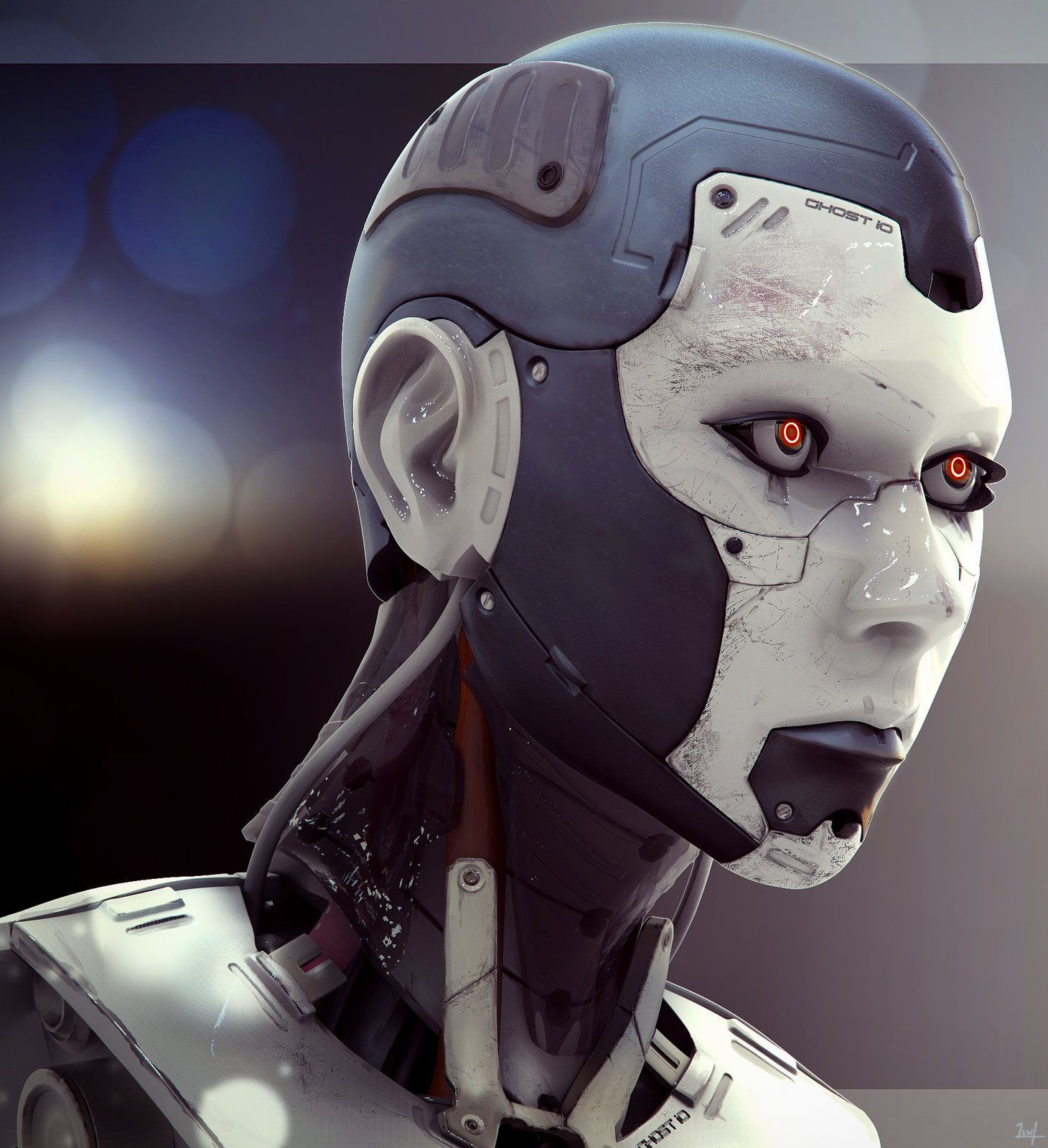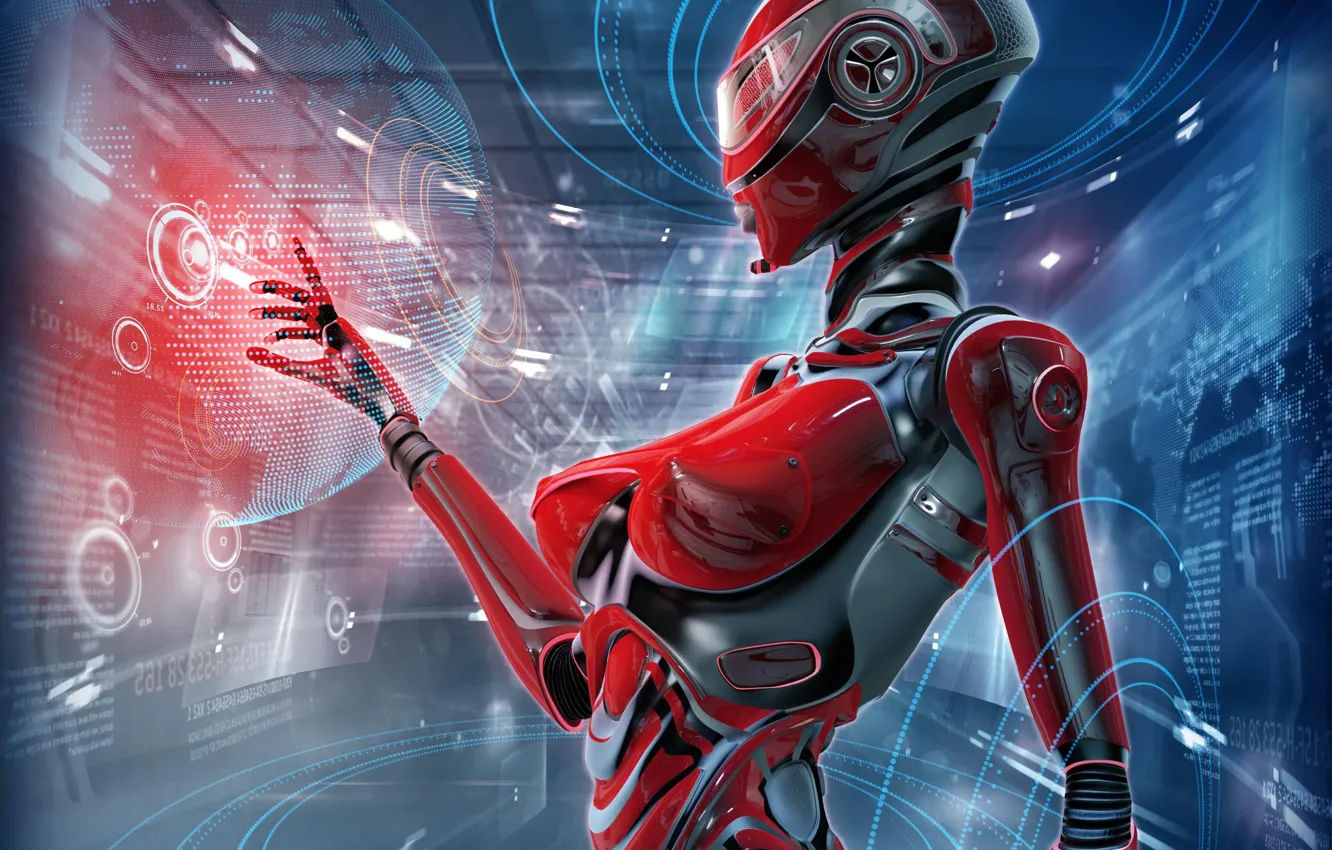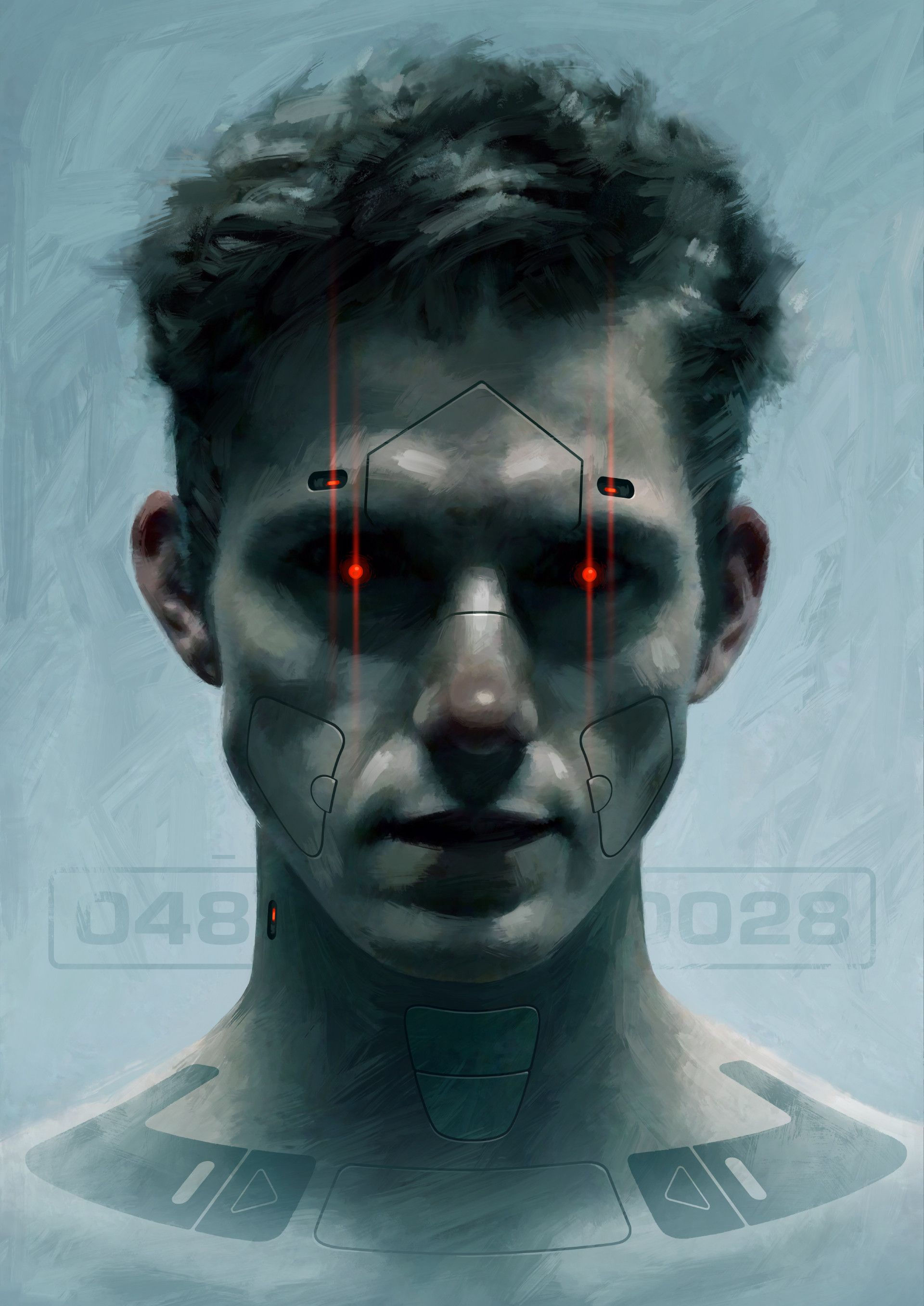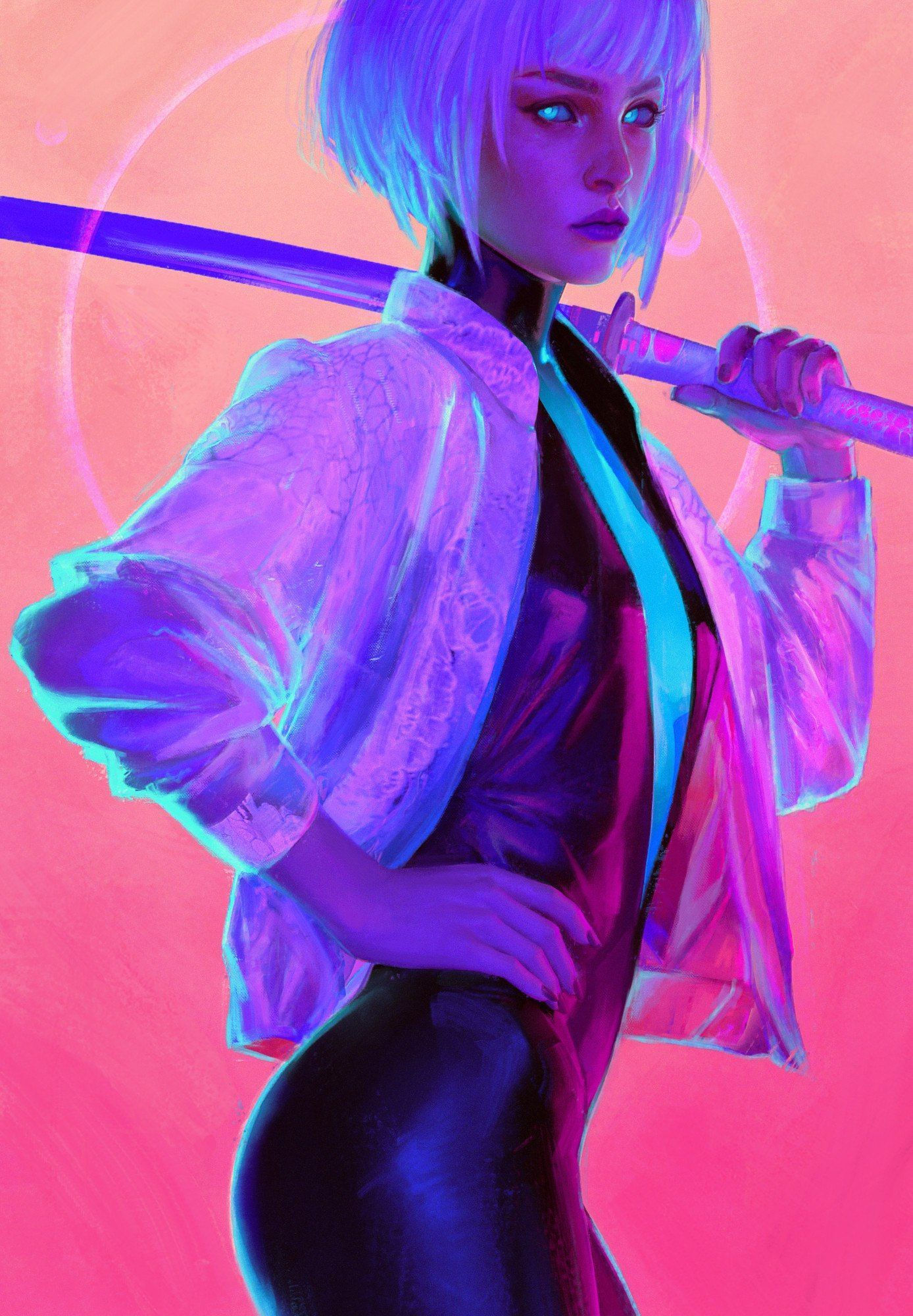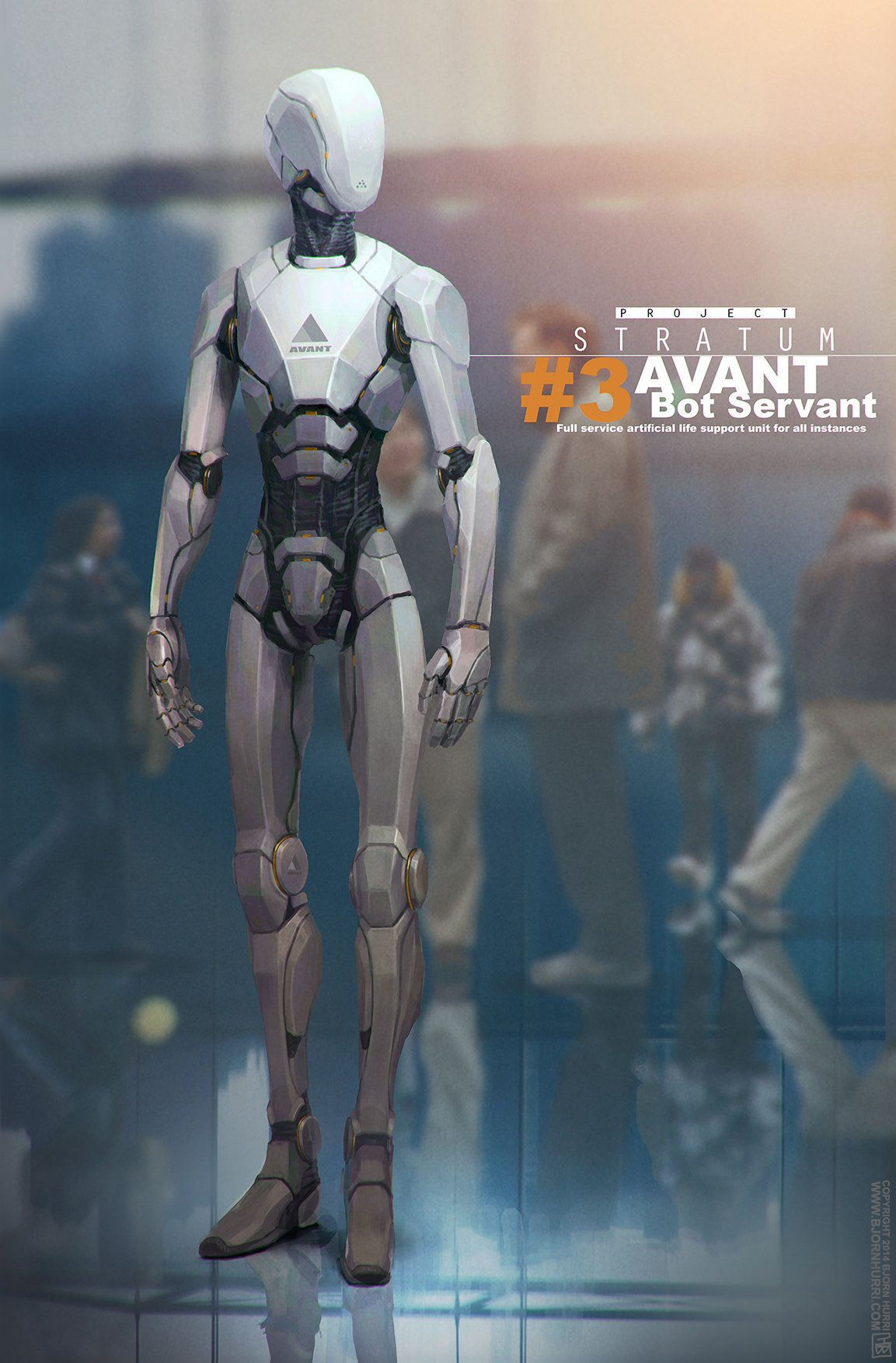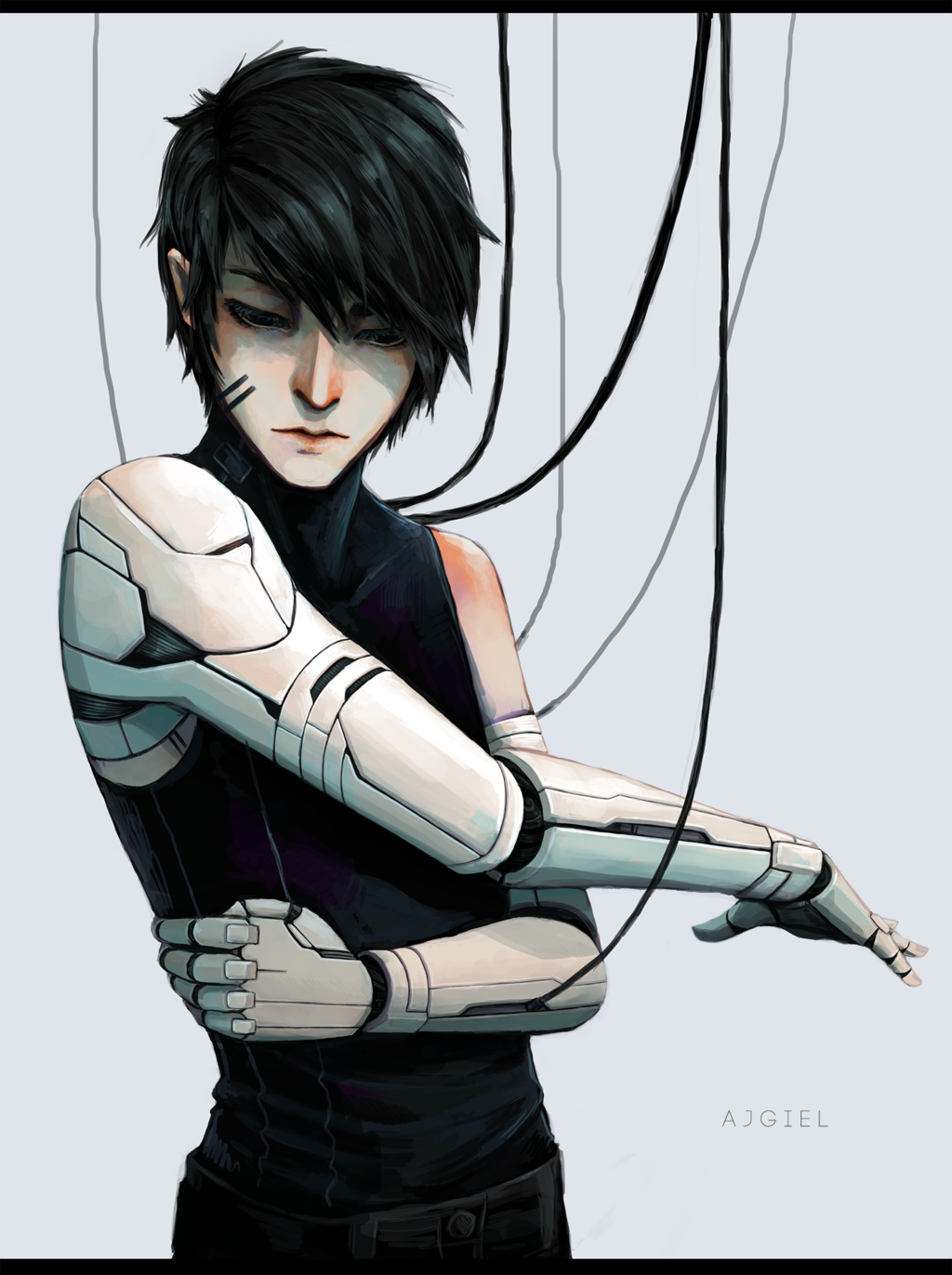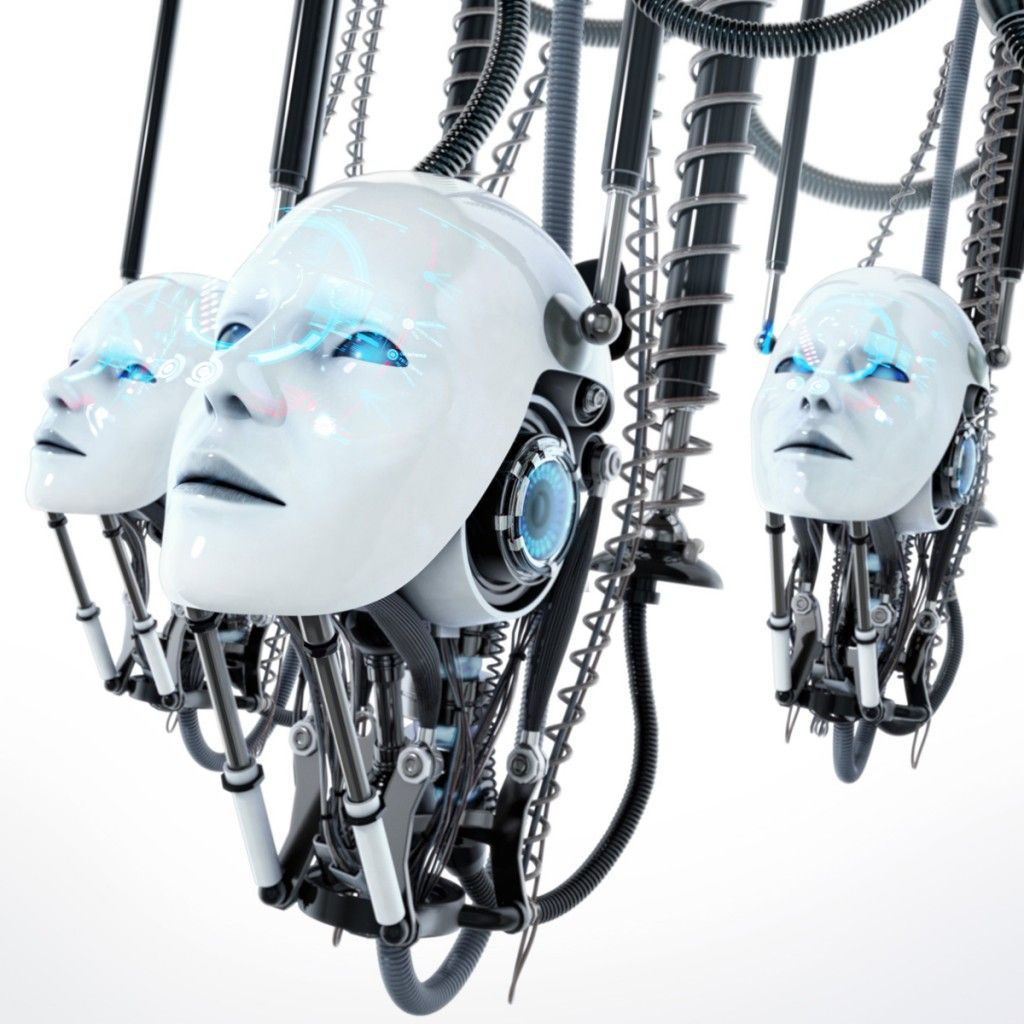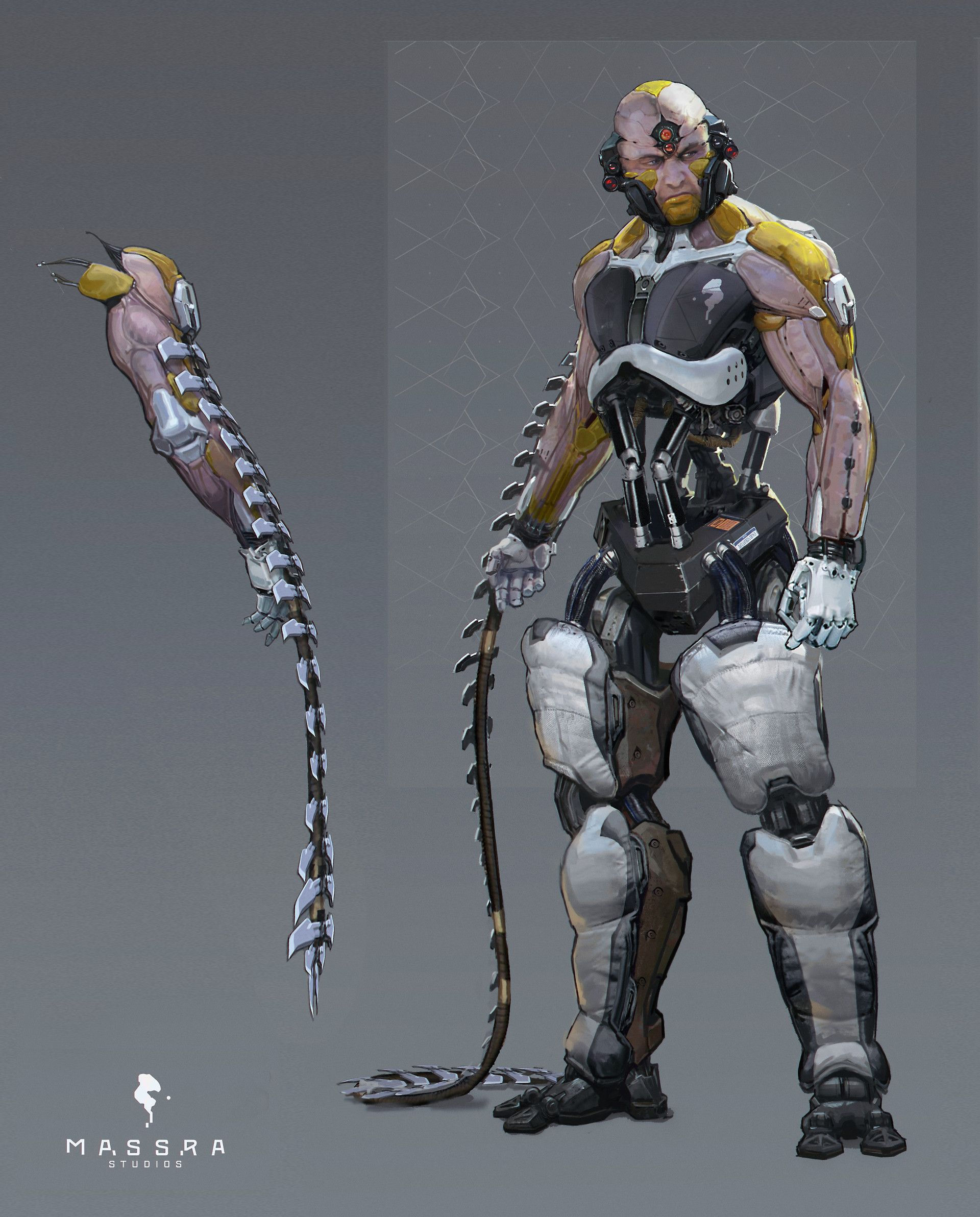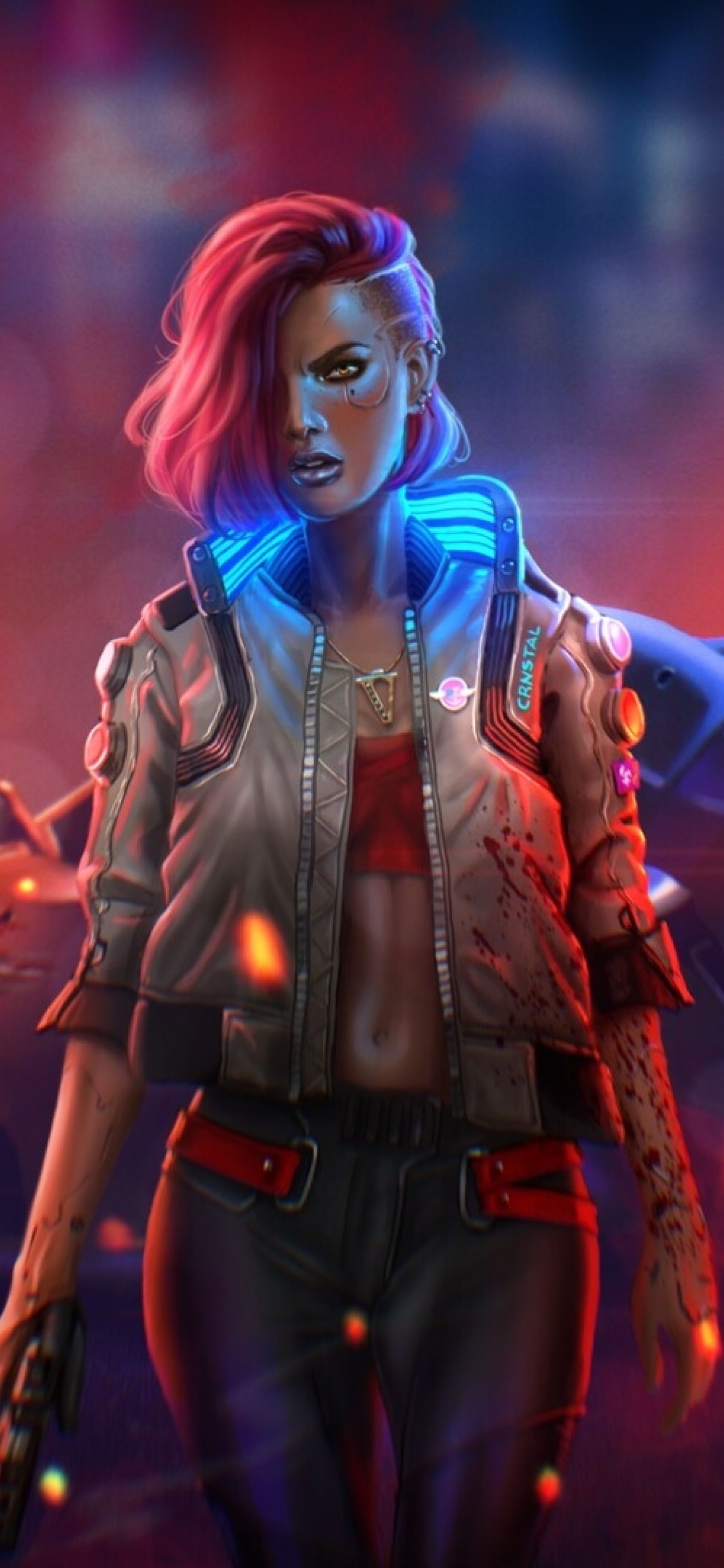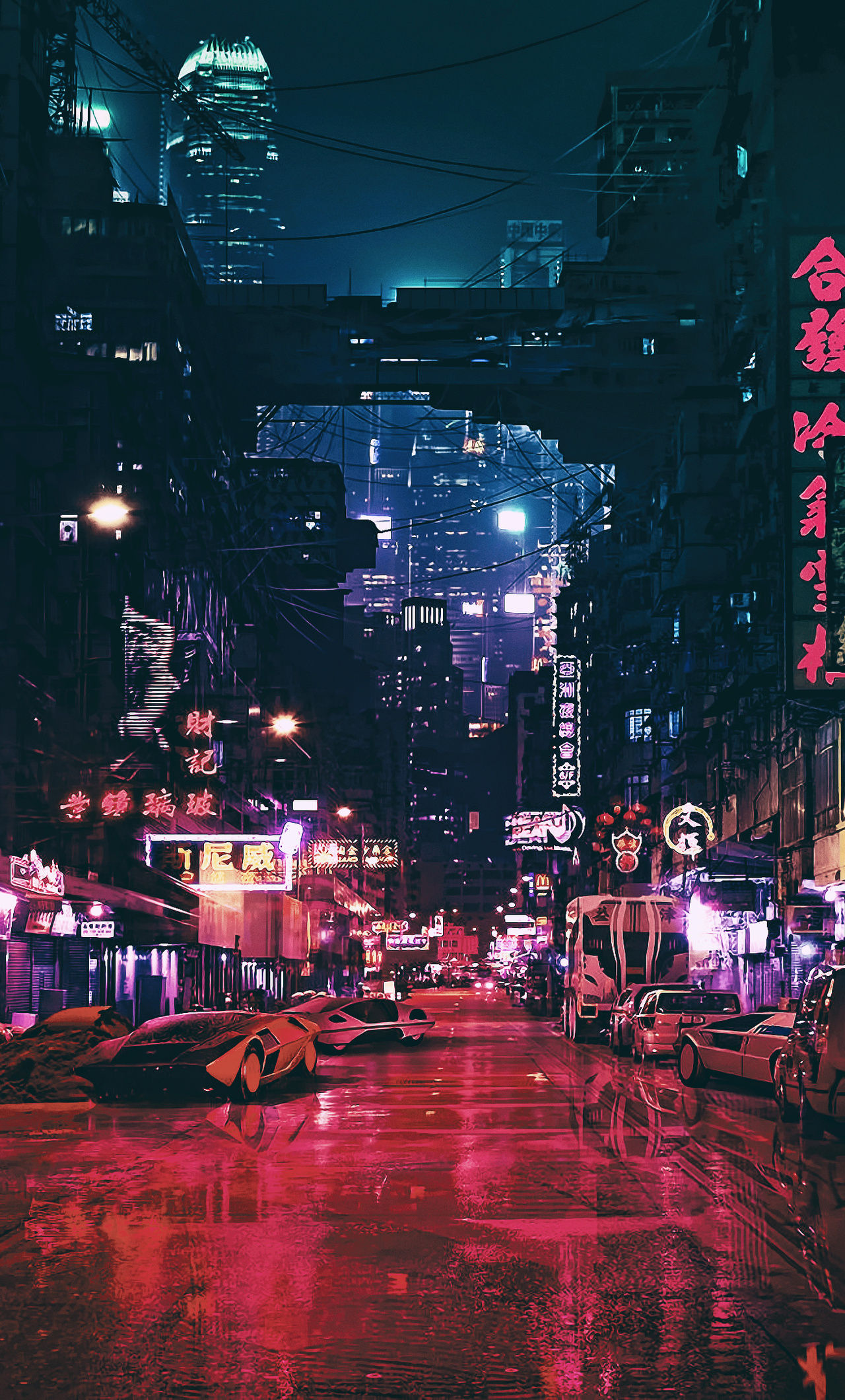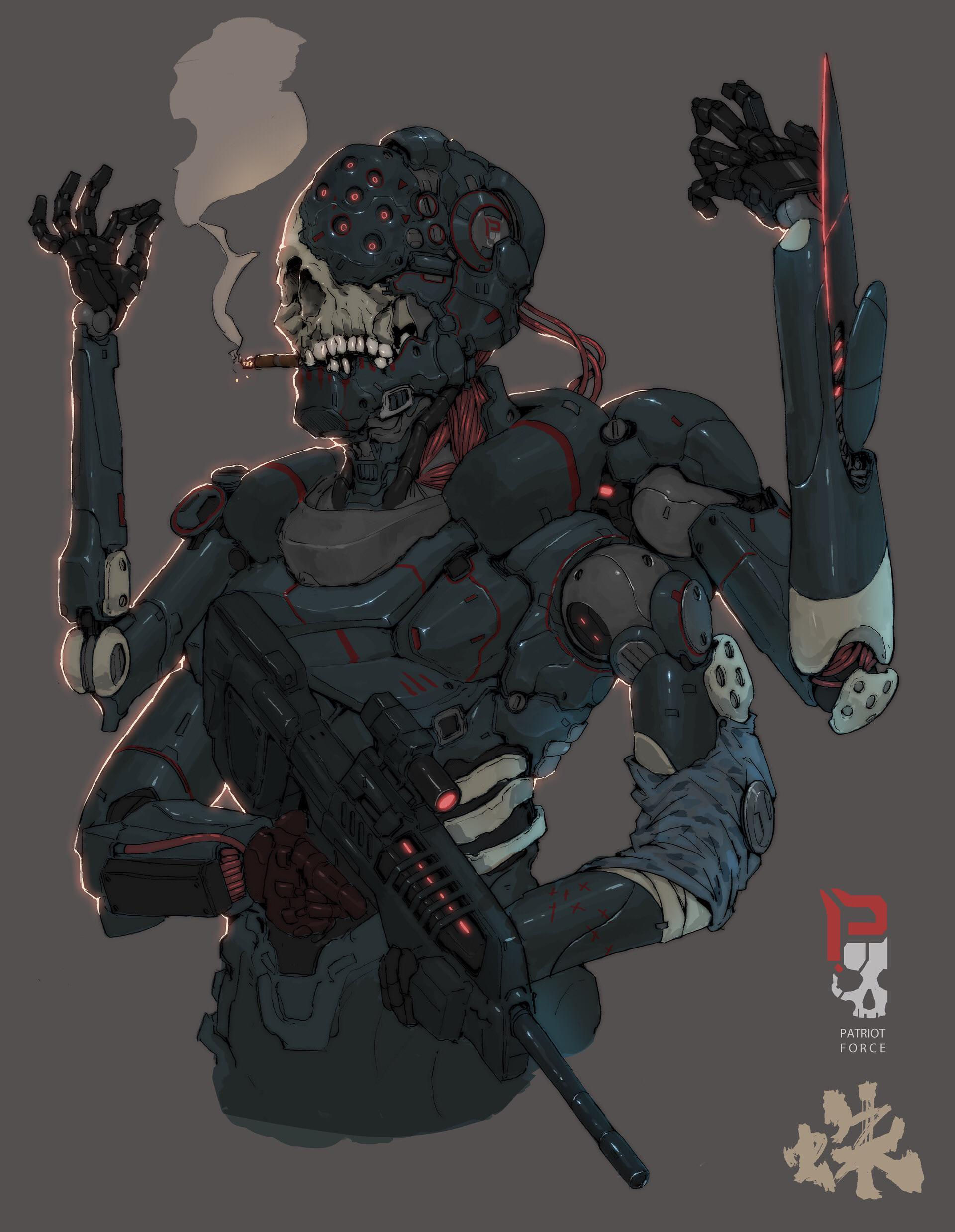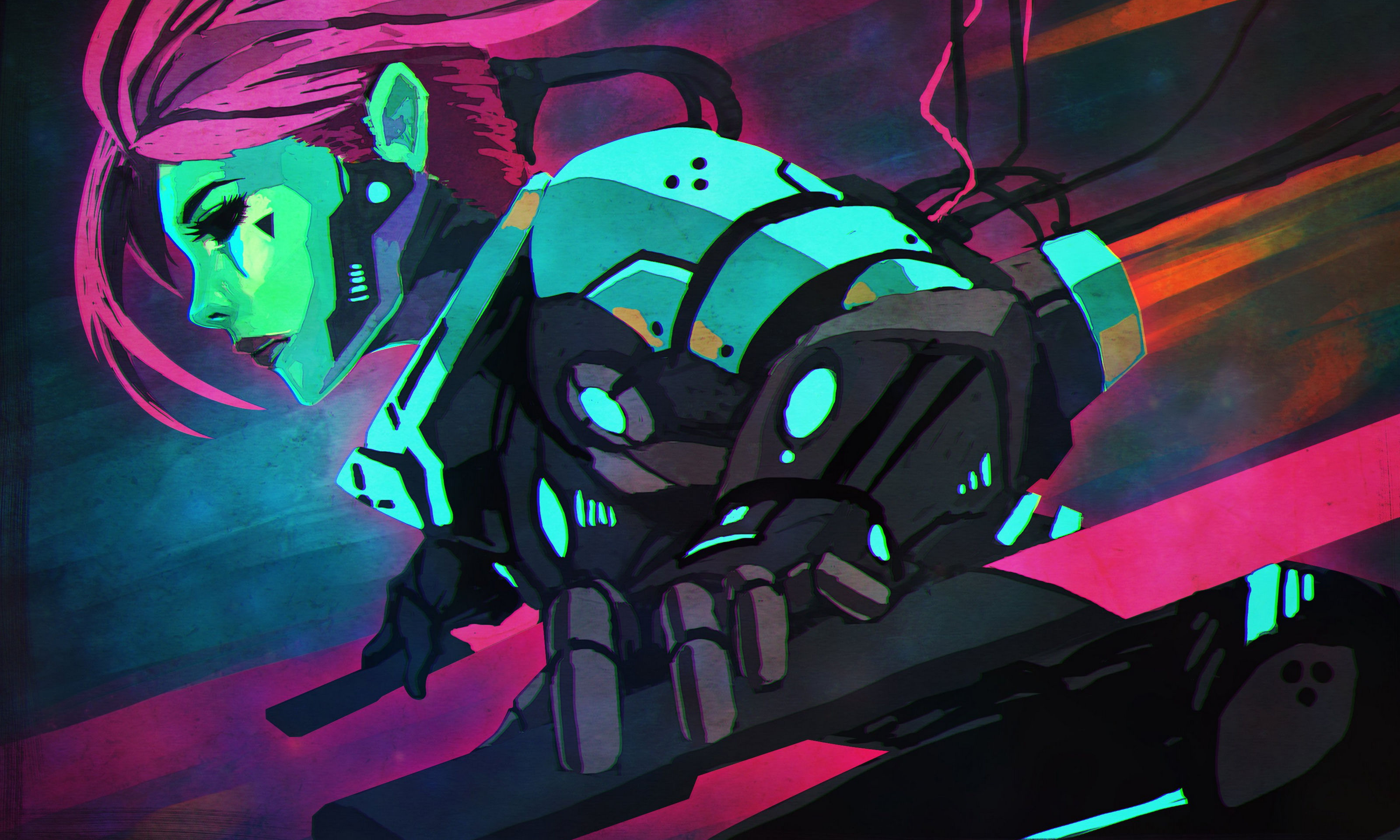The Future of Cyberpunk
Cyberpunk is a genre of science fiction that typically features a dystopian future where advanced technology is used to control and oppress the population. The genre has been around for decades, and it has seen a recent resurgence in popularity thanks to movies like "Blade Runner 2049" and "Ghost in the Shell."
While cyberpunk is often associated with dark and pessimistic themes, it can also be used to explore more hopeful visions of the future. In this blog post, we'll take a look at some of the different ways that cyberpunk can be used to imagine the future.
Dystopian Cyberpunk
The most common type of cyberpunk is the dystopian cyberpunk. In these stories, the future is a dark and dangerous place where the powerful use technology to control the weak. Corporations are all-powerful, and the government is either corrupt or powerless. The individual is often lost in this world, and they must fight to survive.
Some examples of dystopian cyberpunk include:
- "Blade Runner" (1982)
- "Neuromancer" (1984)
- "Akira" (1988)
- "The Matrix" (1999)
- "Ghost in the Shell" (1995)
Utopian Cyberpunk
While dystopian cyberpunk is the most common type of cyberpunk, there are also utopian cyberpunk stories. In these stories, the future is a bright and hopeful place where technology is used to improve the lives of everyone. The individual is empowered in this world, and they can use technology to create a better future.
Some examples of utopian cyberpunk include:
- "Star Trek: The Next Generation" (1987-1994)
- "The Culture" (1993)
- "Snow Crash" (1992)
- "The Diamond Age" (1995)
- "Accelerando" (2003)
Cyberpunk as a Tool for Social Commentary
Cyberpunk can be used to explore a variety of social issues, such as the role of technology in society, the nature of identity, and the power of the individual. Cyberpunk stories can be cautionary tales about the dangers of technology, or they can be hopeful visions of a better future.
Some cyberpunk stories that explore social issues include:
- "Do Androids Dream of Electric Sheep?" (1968)
- "Neuromancer" (1984)
- "The Handmaid's Tale" (1985)
- "Snow Crash" (1992)
- "The Matrix" (1999)
The Future of Cyberpunk
Cyberpunk is a genre that is constantly evolving. As technology continues to advance, so too does our understanding of the potential benefits and dangers of technology. Cyberpunk stories will continue to reflect our hopes and fears about the future, and they will continue to be a source of inspiration for new ideas and new ways of thinking about the world.














